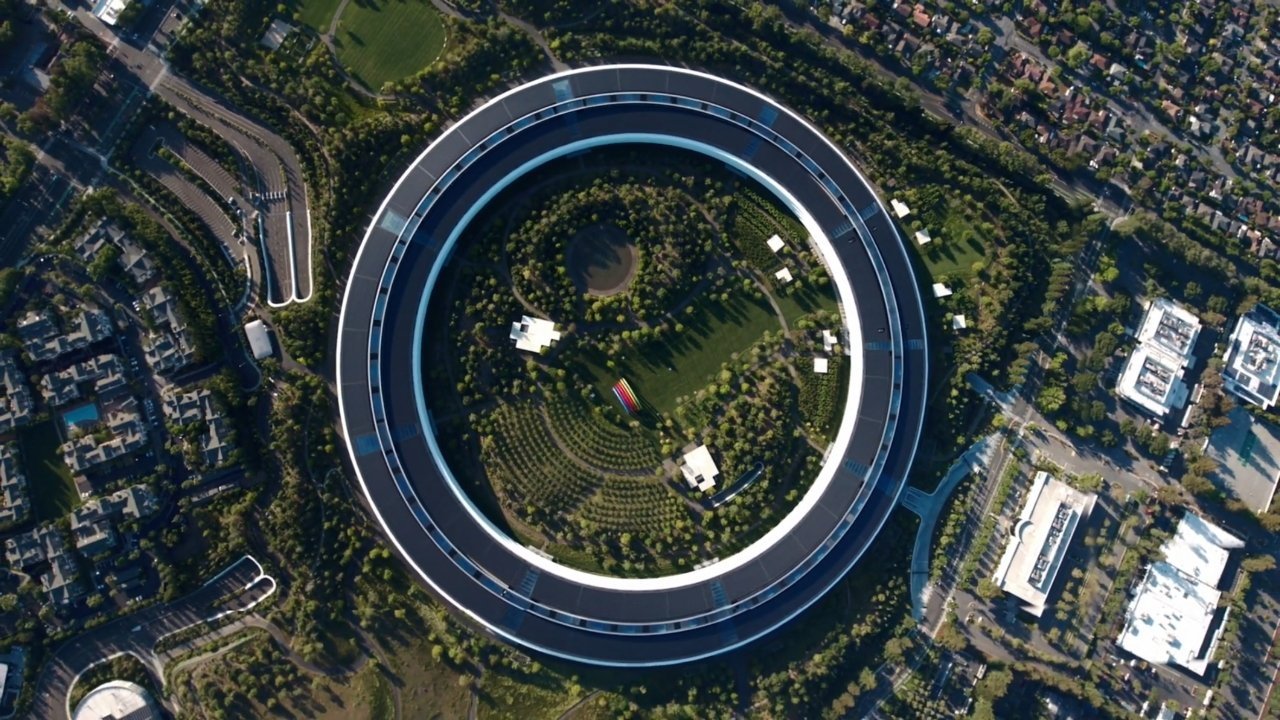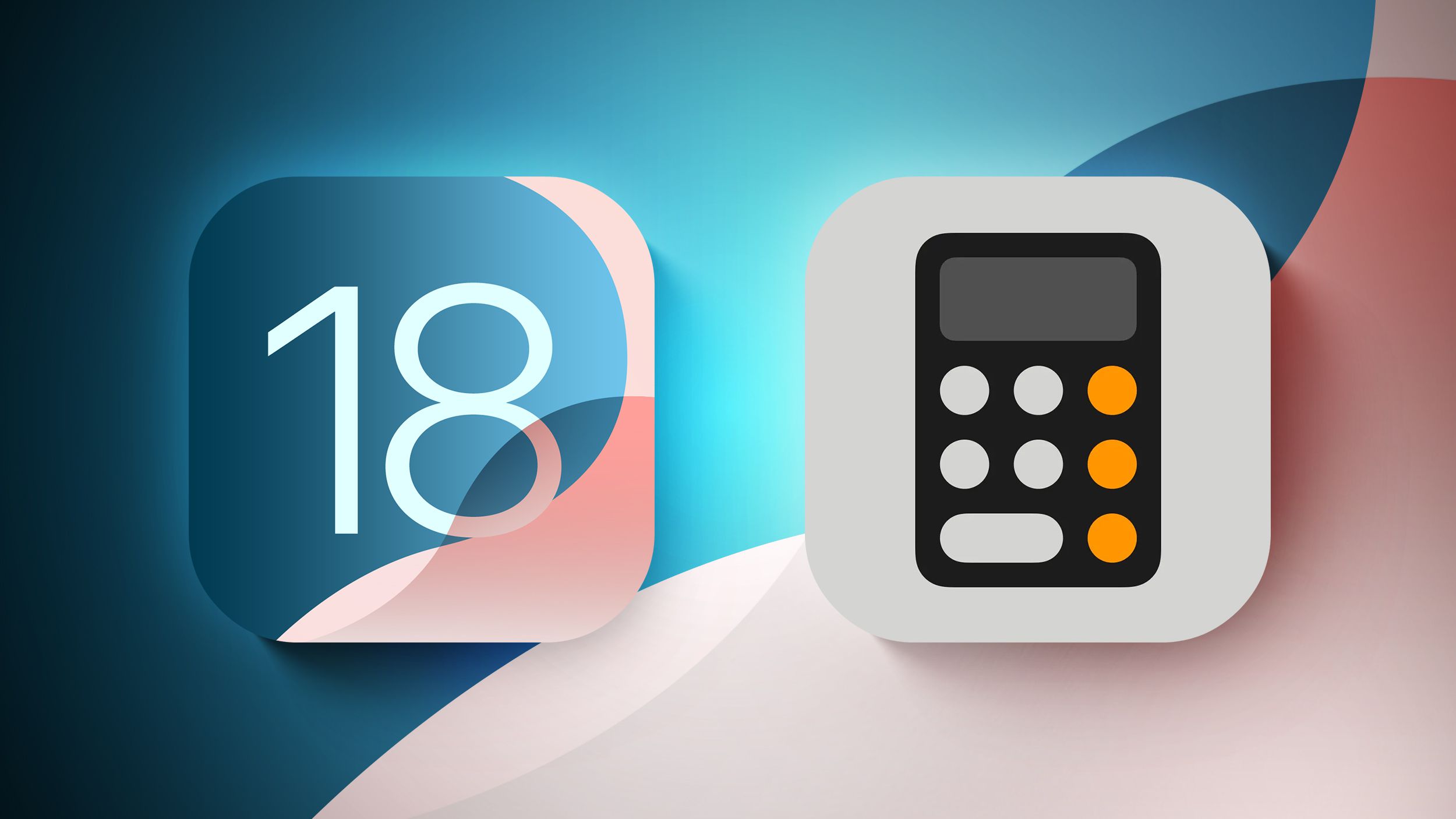Image generated by OpenAI’s DALLE via ChatGPT
Keith is a thought leader in ’s Insight Forum (become a member).
On February 10, 1996, nestled in the Pennsylvania Convention Center, chess grandmaster Garry Kasparov began one of many heated competitions against IBM’s Deep Blue, a digital chessplaying system.
In one of the first public forays into artificial intelligence, Garry Kasparov (after losing the first game) handily dispatched his digital opponent 42. A year later, the two returned, with Deep Blue narrowly squeezing a victory 3.52.5. This article could easily take a turn to talk about the speed of innovation and how quickly things have progressed over the 20 years following those events. Instead I’ll examine how these events reshaped the interaction between people and computers.
Kasparov was one of the first to see the beginning of a perfect partnership blooming. Deep Blue, which could analyze 200 million chess positions per second, could far surpass any human ability to calculate the probabilities, risks and potentials of the smartest humans. It did, however, lack the creativity, intuition, and strategic vision. Garry’s vision is that AI and people are better together and not at odds.
The execution dilemma
This shift in the workplace caught many by surprise. As AI has become more and more sophisticated, it appears that many of the jobs (and skills) that were what set people apart are the exact ones that are being replaced. Regardless of the role you are in, execution and the ability to deliver in a consistent and sustained (and frankly predictable) manner have been preached as the shining light of a good employee.
As much as teamwork was praised, some personas excelled in this world (the lone wolf, the steady Eddie, etc). Execution has become a commodity as machines increasingly handle repetitive and predictable tasks with unmatched efficiency. To add to this, the expected output of a person continues to rise as their peer benchmark of productivity increases with digital tools. Execution alone is no longer enough.
Everyone is a manager
NVIDIA CEO Jensen Huang made a bold statement recently that IT departments will become the HR department of AI agents.
While I completely agree with this statement, it can be taken one step further in that in our new and emerging AIenabled work, the most critical skill won’t be doing the work but managing the outputs that AI enables.
Imagine a future where each employee oversees multiple AI instances, each managing different parts of their portfolio. Immediately, the skills required to transition from the ability to execute (i.e. deliver in a consistent, sustained and predictable way) to the ability to coordinate, manage and optimize the multiple output systems to deliver key business outputs. Every employee will now be a manager, and their ability to ‘lead’ AI agents will be table stakes for future success.
The path forward
As AI continues to permeate industries and our daily lives, the traditional ‘individual contributor’ role is disappearing. This isn’t a step that’s yet to be taken — already 75% of office workers surveyed said that AI tools are a part of their daily workflows.
With concerns around the transition of key roles, key skill sets and ultimately the people that do them, here are a few areas of focus to help enable your teams to collaborate and succeed within an AIfirst future.
- Clarity is king: If you think about the basics of getting the most out of ChatGPT, Claude, or CoPilot — some of the skills that helped to elevate people in years past are still key. The ability to communicate clearly and with intent arguably becomes more important as the quality of the input directly impacts the result you are getting out. Learning prompt engineering and mastering effective communication with AI tools is imperative.
- Building the dream team: Whether you’re leading a team or not, when you look across your organization it’s clear that different people bring different skills to the table. One of the fundamentals of management is making sure you have the right people doing the right tasks, and that ability is no different with AI tools. Even now, Claude has different use cases than Perplexity, which differs greatly from ChatGPT. As the next evolution of agentic AI (systems designed to act independently, making decisions and completing specific tasks with minimal human input) starts to take hold and specific use casebased ‘agents’ start to emerge more frequently — knowing which tasks go there will be something that can set you apart.
- Management versus leadership: As organizations start to connect AI with different elements of their data footprint, more and more tasks will be able to be automated with precision and context. As resources aren’t endless, some of the outputs may take time to analyze or output, and all of a sudden, the ability to manage multiple outputs and stakeholders becomes critical. There is a key difference however, between what has been touted as leadership versus the more tactical management. A key difference is that machines aren’t emotional. Many of the skills taught to help rally teams, optimize individual performance and inspire them to do their best work won’t work on AI. Machines don’t need to be led — they need to be managed.
Just as Garry Kasparov realized that AI could elevate chess with complexity and excitement, the same is true for the application of AI to our daytoday work.
While the significance of these changes may seem daunting, there is an opportunity for organizations to double down on some of the critical skills that have always been important but also reinforce a new urgency for helping their workforce adopt a digital culture.
The future belongs to those who embrace AI as a team member, equipping their existing teams to manage its potential, while amplifying their uniquely human creativity and intuition.







